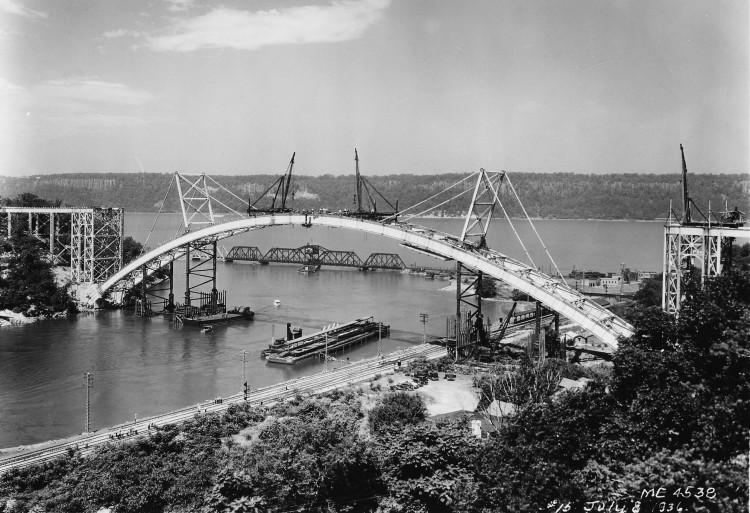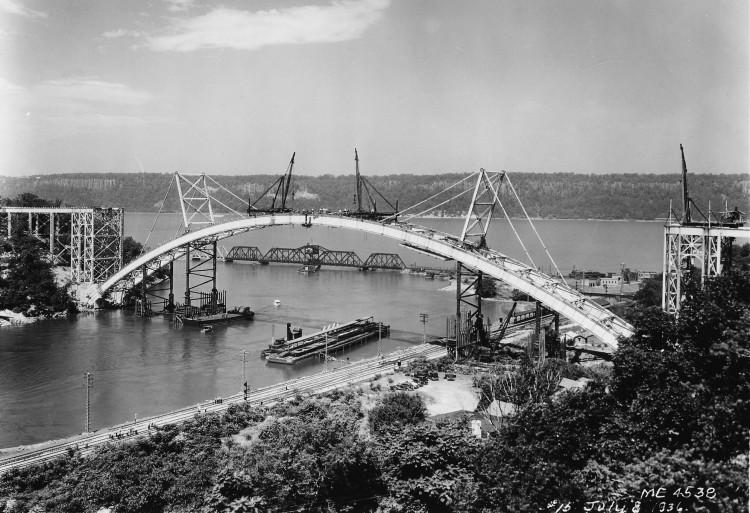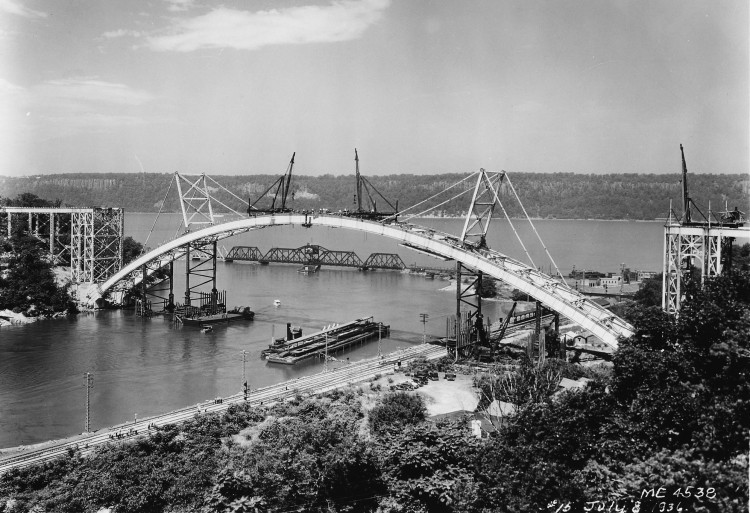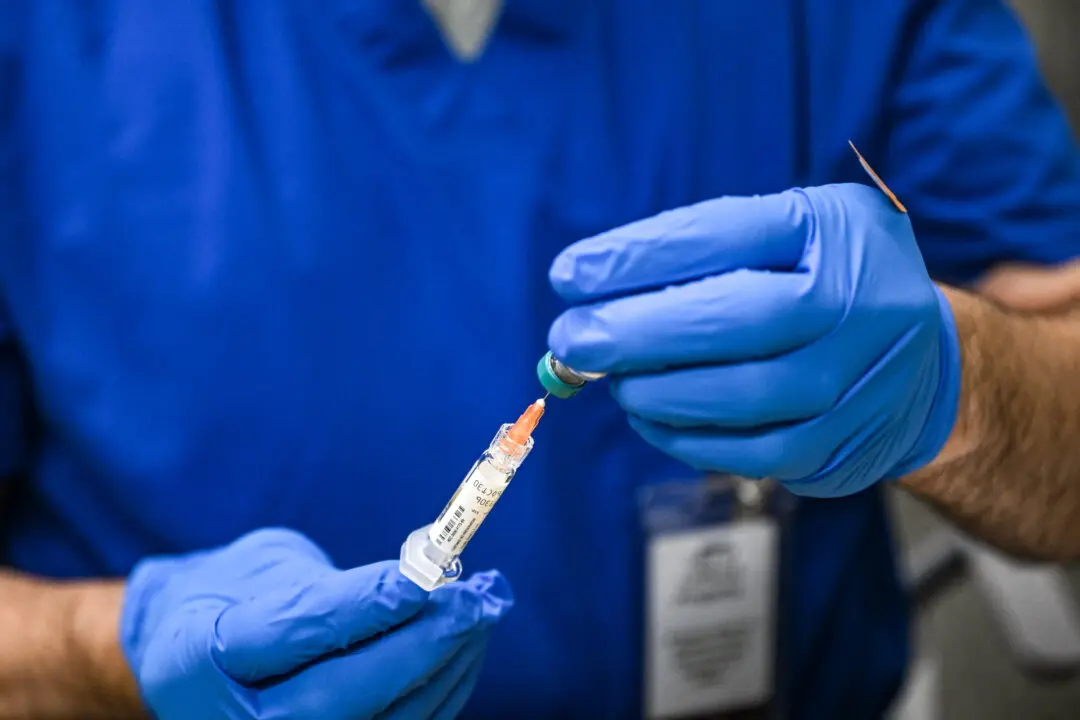NEW YORK—The Henry Hudson Bridge celebrated its 75th anniversary on Dec. 12. Opposition from surrounding neighborhoods postponed its original conception in 1904.
“Manhattanites did not want to see the construction changing the quiet, bucolic nature of Inwood Hill Park,” said Bronx historian Lloyd Ultan during a lecture. “Those on the Bronx side asserted that the bridge would bring congestion and ruin forever the quiet, suburban village-like nature of the neighborhood.”
Powerbroker Robert Moses brought the bridge back into play two decades later, along with parkways on both sides of the river.







